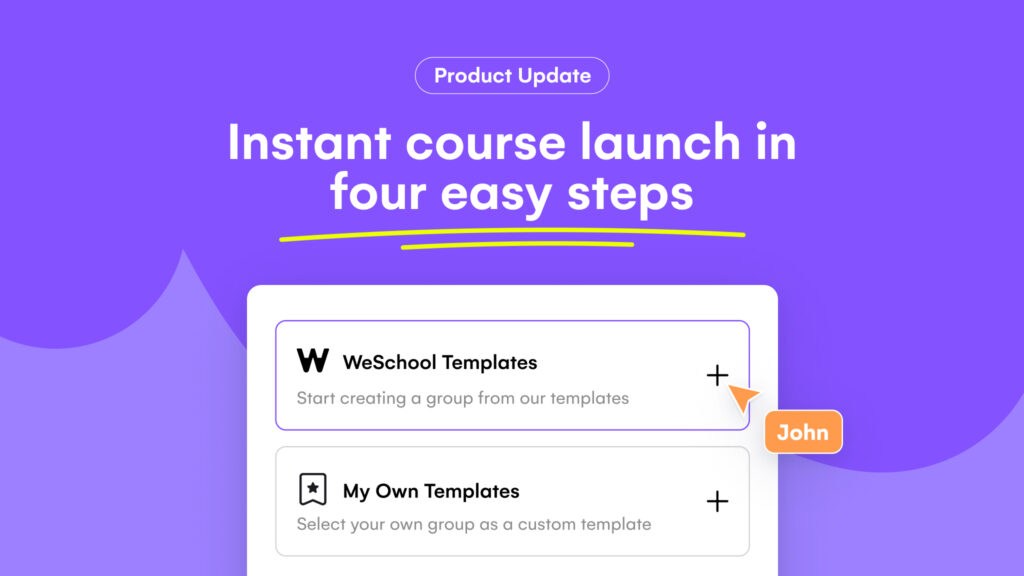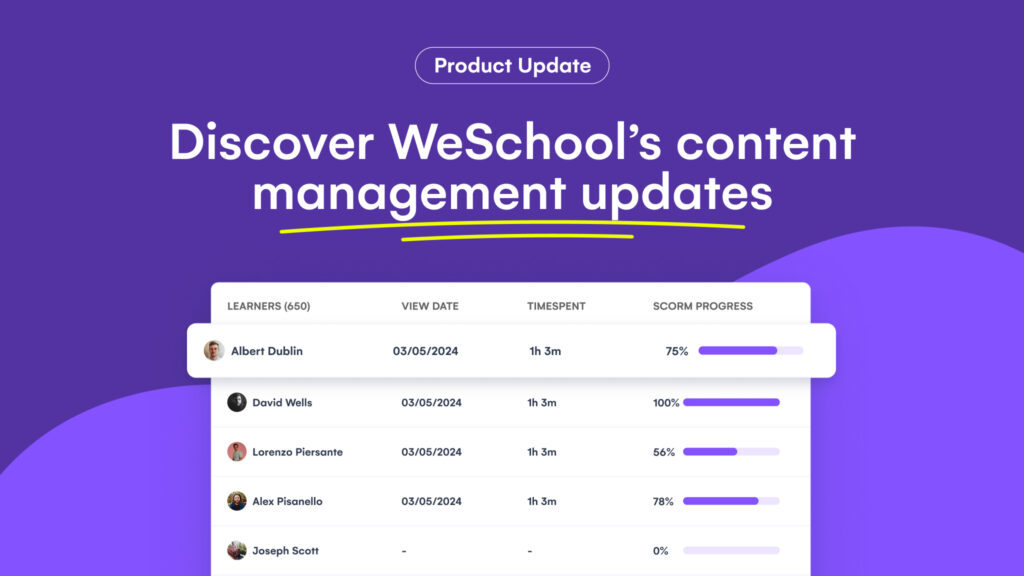To save costs
Churn or turnover can lead to direct costs such as separation payouts, recruitment expenses, and training costs for new hires. On average, it costs a company 33% of an employee’s salary to let them go. Additionally, it has the potential to impact indirect costs such as decreased productivity, lost knowledge and experience, and reduced team morale.
To retain talent
High churn rates can be a concern for HR departments as retaining talented employees is crucial for an organization’s success. High-performing employees are often the backbone of a company and losing them can have a negative impact on the organization’s performance.
To enhance employer branding
A high employee turnover rate can be a red flag to potential hires and can make it more difficult for an organization to attract and retain talent.
Determine your needs
Do you need to create tailored processes for each employee or do you have an existing eLearning catalog you’d like to deliver? Are your employees highly tech-savy or not so much? If they’re not, choosing an LMS with a simple design would be more appropriate.
Consider tracking and reporting needs
All successful training requires measuring impact and progress. Consider the metrics and information you’d like to see from your employees and compare your options to see which ones align with your needs.
Don’t neglect the important of peer-to-peer learning
Consider: will this encourage collaboration? When it comes to employee onboarding and training, we often neglect the impact of learning in teams. But we should not mistake orientation with onboarding.
By focusing on a collaborative approach to onboarding your team members can learn from each other and build relationships that will help them feel more integrated into the company culture.
Define your non-negotiables
Once you have defined your needs, you can define your non-negotiables. Do employees need to access training via their phone, or will the training happen when they have access to their desktops? Are you wanting to deliver training through gamification?
Perhaps a robust tracking and reporting system is more important. On the other hand, social learning and high team spirit may be more important regardless of what the metrics say.




Reviews